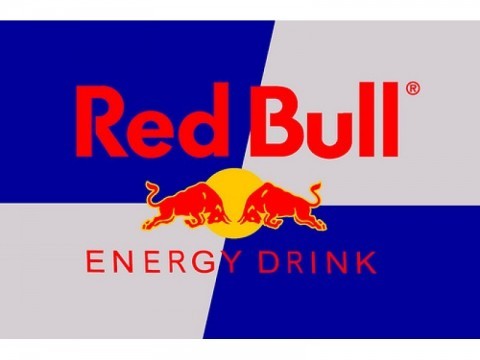More than half of all calls to Poison Control resulting from energy drinks involve accidental exposure by children under age six, according to a new University of Miami study. This news likely will lead to calls for restrictions on energy drinks and feed into the efforts by some state and federal lawmakers to ban the sale and marketing of energy drinks to those under 18. But do the study’s findings actually support such policies? The numbers in the study are startling, but they point to lack of parental supervision, not energy drinks, as the problem.
Energy drinks are newer entrants to the human diet, but most contain comparable amounts of caffeine to one or a few cups of coffee. Despite this and the fact that people have safely consumed caffeinated beverages for centuries, recently health advocates, bureaucrats, and legislators have targeted caffeinated energy drinks as a threat to consumer safety. They have blamed the products for a doubling of energy drink-related emergency room visits since 2007 and connected them anecdotally with a handful of deaths. And now they are trying to show that energy drinks are a threat to children as young as 6 years old.
However, when you look closely at the numbers, it becomes clear that energy drinks aren’t the problem at all.
The study, conducted by researchers at the Miller School of Medicine at the University of Miami examined calls made to the National Poison Data System between October 1, 2010 and September 30, 2011. Their study, published in the August 2013 edition of Clinical Toxicology, found that of the more than 2.3 million calls to poison control during that time, 4,854, or 0.2 percent, were related to energy drinks.
Furthermore, they discounted 3,192 of those calls as being related to energy drinks because the patients had been exposed to “unknown additives or co-ingestants,” such as medications, illegal drugs, toxic chemicals, or “unknown” substances. Of the remaining calls, another 182 were related to energy drinks containing alcohol. That means that a total of 1,480 calls made that year that could be said to be strictly related to caffeinated energy drinks.
The researchers also found that 51 percent of the poison control calls related to energy drinks involved unintentional exposure in children under the age of six. That means that children too young to purchase energy drinks–or even know what they are–were either given the products or, more likely, found it while in the care of an adult. It doesn’t take a research scientist to determine that the problem here isn’t energy drinks, but adults’ failure to keep energy drinks inaccessible to young children.
Any product has the potential to be harmful to your health if consumedin excess–even water. For example, while the U.S. Department of Healthand Human Services blamed energy drinks for over 20,000 emergency room visits in 2011, grooming products caused twice as many injuries in the same year, and clothing was responsible for more than 300,000 emergency room visits. Furniture was especially dangerous, sending more than 580,000 people to the hospital that year. But that is why bunk beds have rails, cabinets come with locks, and parents with young children usually keep their aspirin in high cabinets.
Banning products or certain kinds of product marketing will do nothing to protect children. What they need is for adults to take personal responsibility and to educate them on how to use their own judgment to consume products safely.

COMMENTS
Please let us know if you're having issues with commenting.